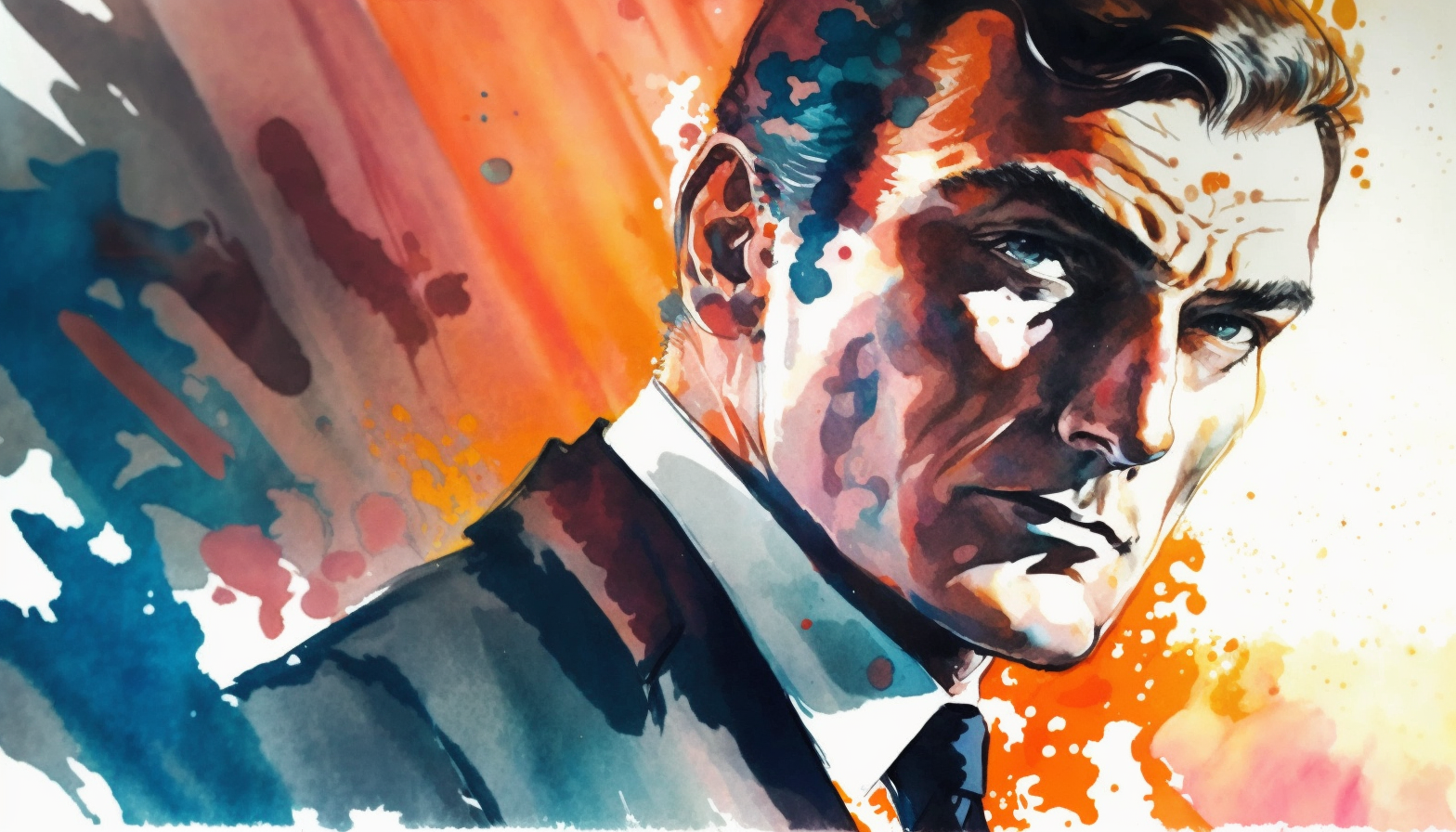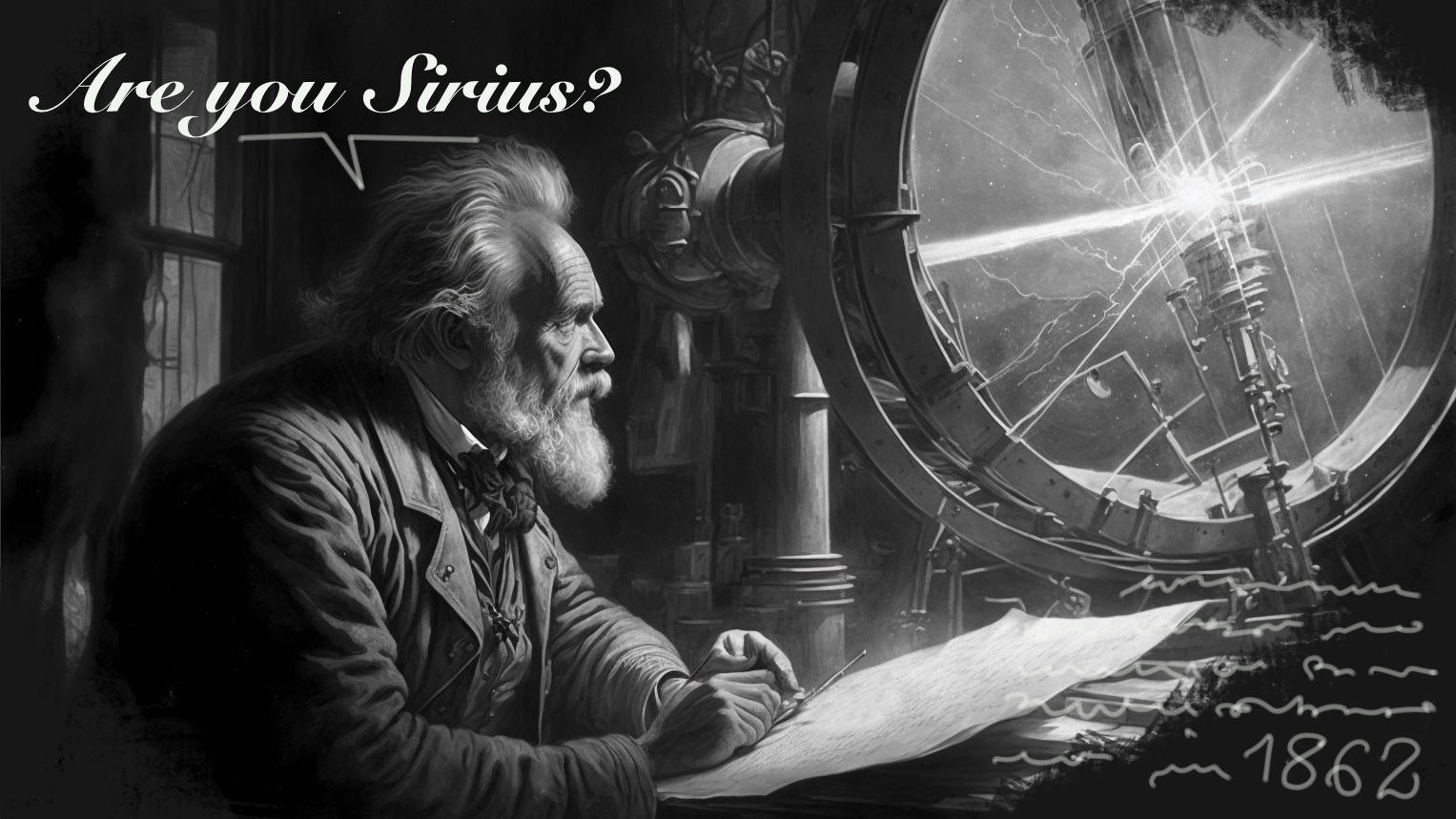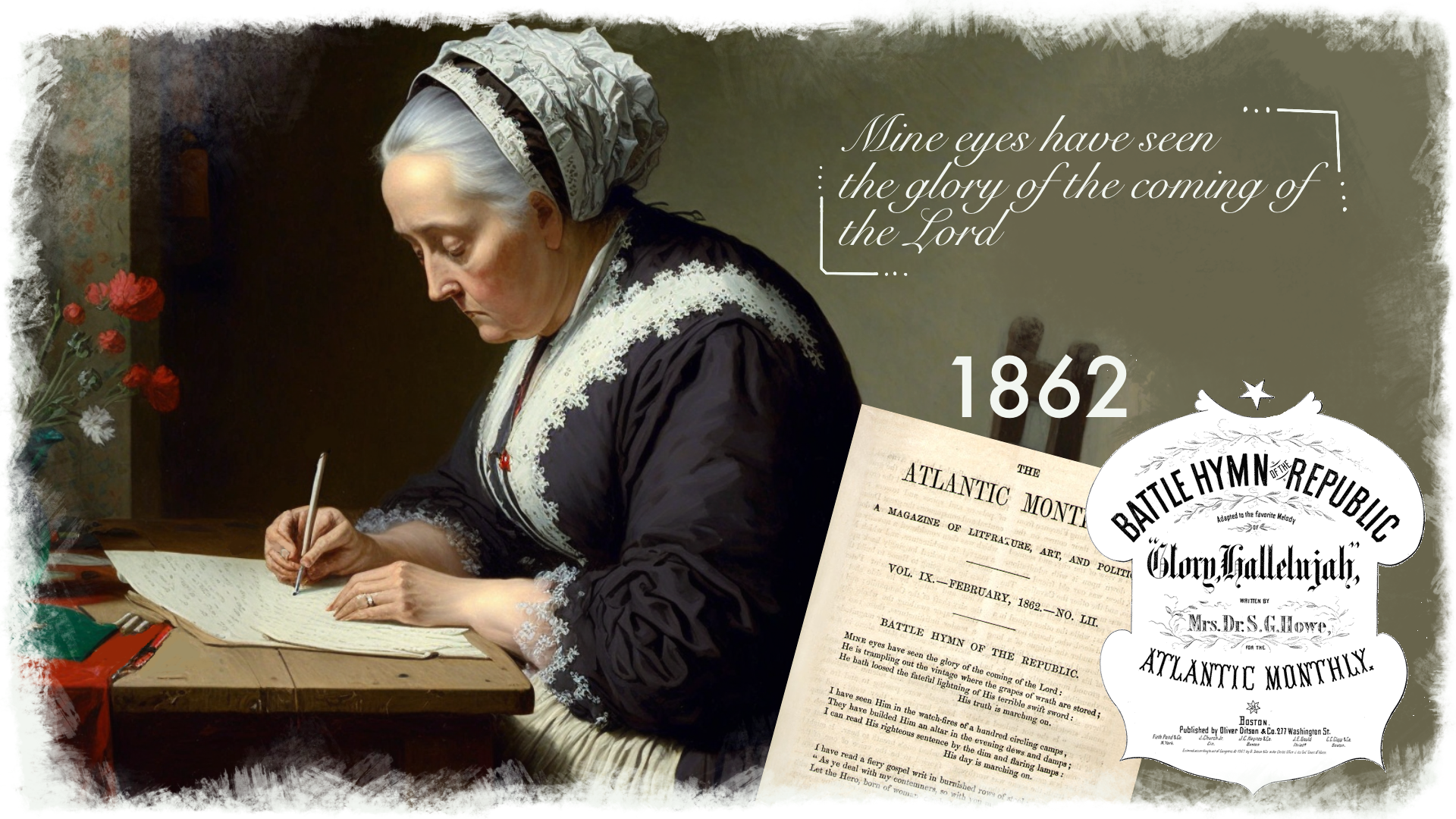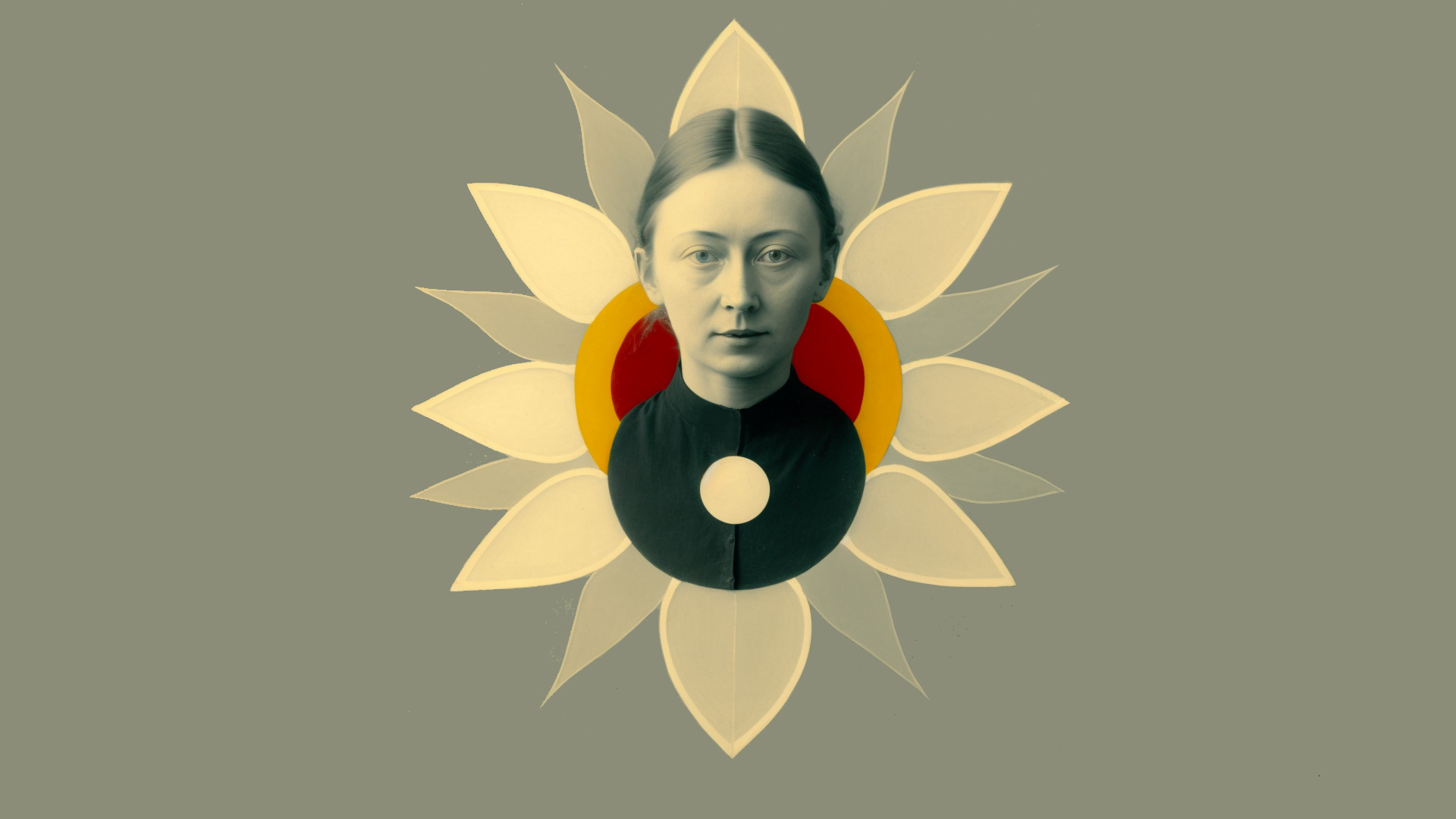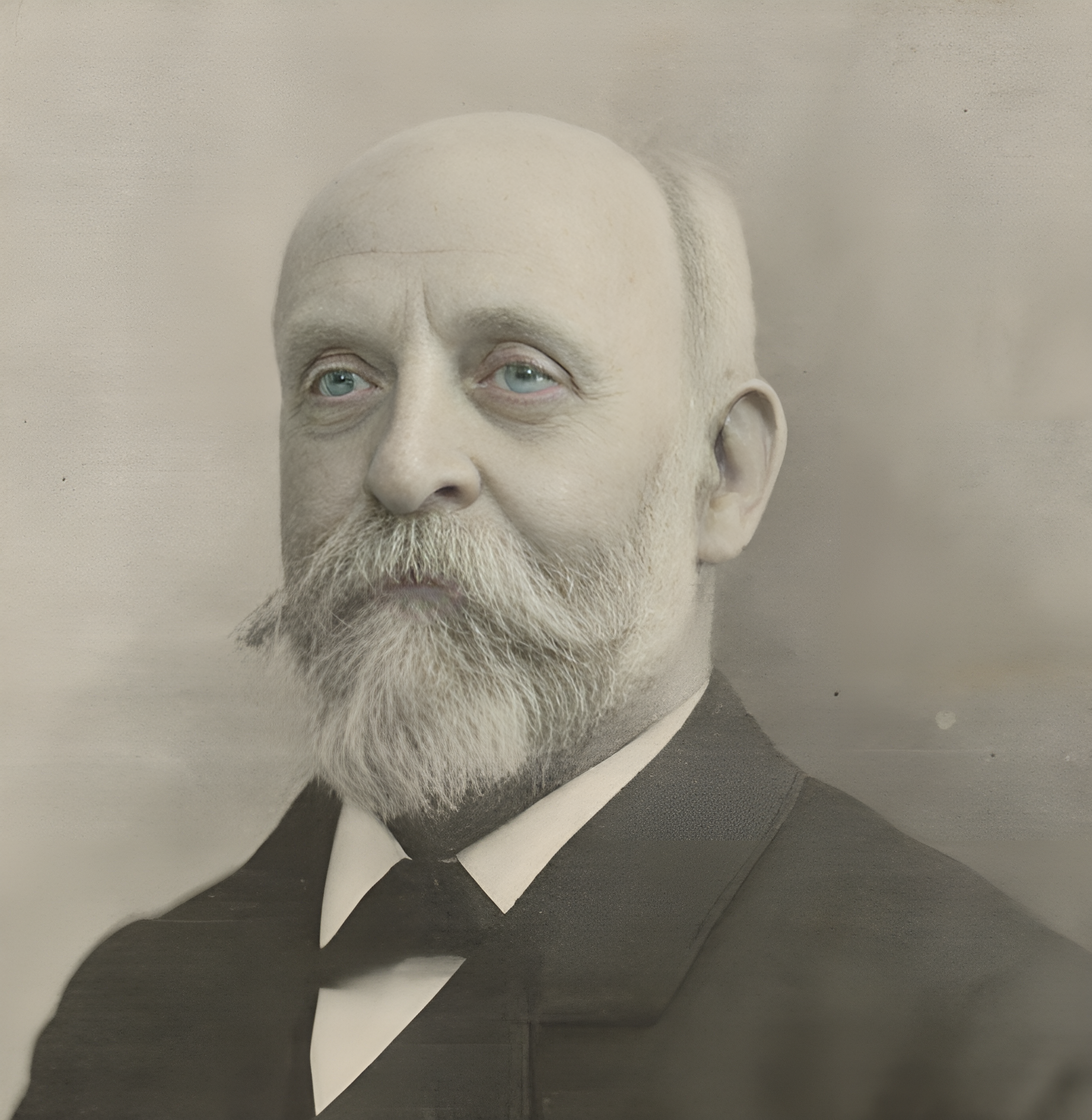As we travel through the disclosures of James Bond and his antagonists, we will look at the stars of the film and their birth set. A birth set is a group of people who come from the same event. We are announced before we are conceived, via an event in our recorded history. Often, these events are tied to important projects and offer a glimpse into the reason why we are required in the future. This study may also reveal “Heroes With a Secret Identity“. One example may not seem convincing, but after you see a few “Crabbs”, you’ll understand what a James Bond Villain truly is!

In the 1962 James Bond film “Dr. No”, he operates from a secret base on Crab Key Island, which is located off the coast of Jamaica. The base is underwater and is referred to as the “dragon’s lair“.
Joseph Wiseman was born in Montreal, and soon after, his parents moved to New York. He graduated from John Adams High School with the actor Jack Lord.
Jack Lord joins Joseph Wiseman in Dr. No as Felix Leiter, a character that comes back in later films. He is depicted as a trustworthy ally of Bond and a valuable asset to the British secret service.
Joseph Wiseman was once called
“The spookiest actor in the American theatre”.

And then, there was George…
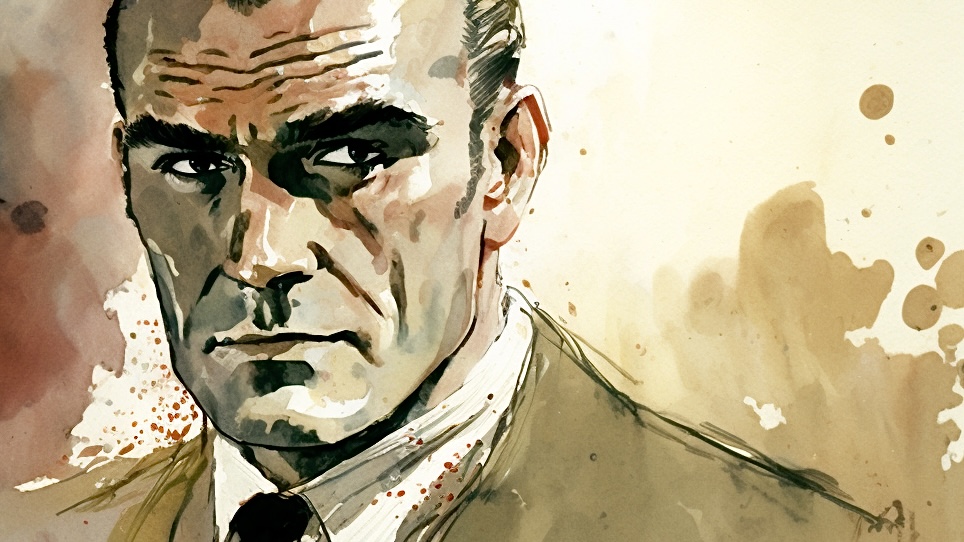
born on May 15, 1918 (d. 2009)
Joseph Wiseman
Canadian-American theatre, film, and television actor who starred as the villain Julius No in the first James Bond film, Dr. No, in 1962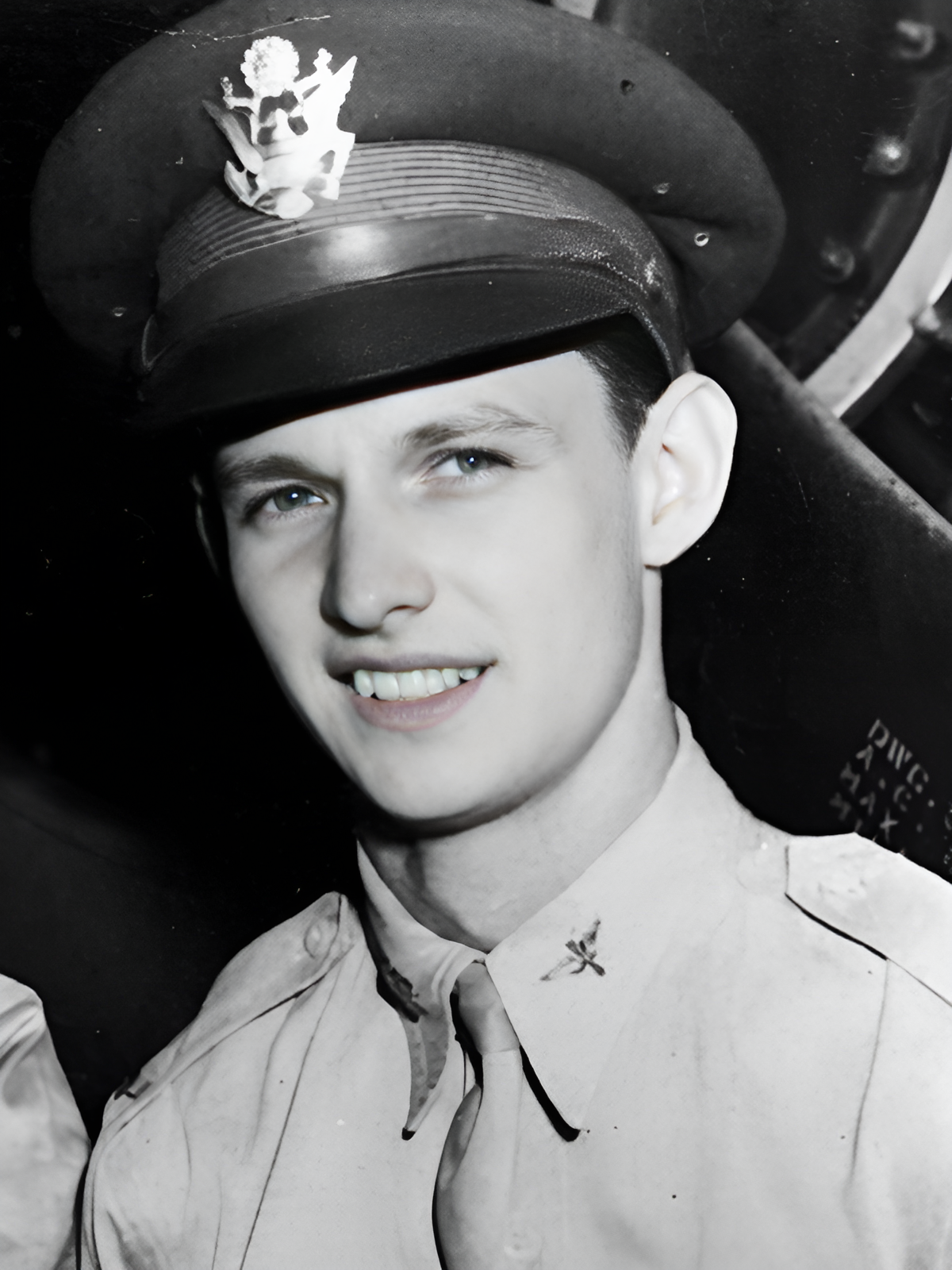
born on May 10, 1918 (d. 1954)
George Welch
World War II flying ace, a Medal of Honor nominee, and an experimental aircraft pilot after the war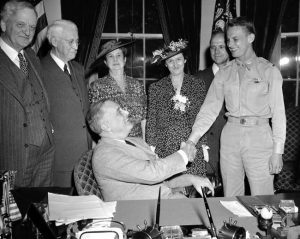
George Welch was a World War II flying ace, a Medal of Honor nominee, and an experimental aircraft pilot after the war. He was present at the battle of Pearl Harbour and was thanked personally for his service by President Roosevelt in 1942.
George was born 5 days after Joseph, and passed away on October 12, 1954 after his 100A-1-NA Super Sabre disintegrated and crashed in Rosamond Lake in the Mojave Desert about 45 miles (72 km) north of Los Angeles.
And then, there was Mike…
Plus Ultra and its Ghost Army produce sets of twins. These twins are almost identical. I have found that there might even be some triplets in the bunch. But when I do, I also find the story of a Superhero With a Secret Identity, or two people who are linked via symbolism and have never been seen in the same room together. I suspect that Joseph Wiseman is George Welch on Bonus Time, serving the process of disclosure, because of Mike Wallace.

born on May 15, 1918 (d. 2009)
Joseph Wiseman
Canadian-American theatre, film, and television actor who starred as the villain Julius No in the first James Bond film, Dr. No, in 1962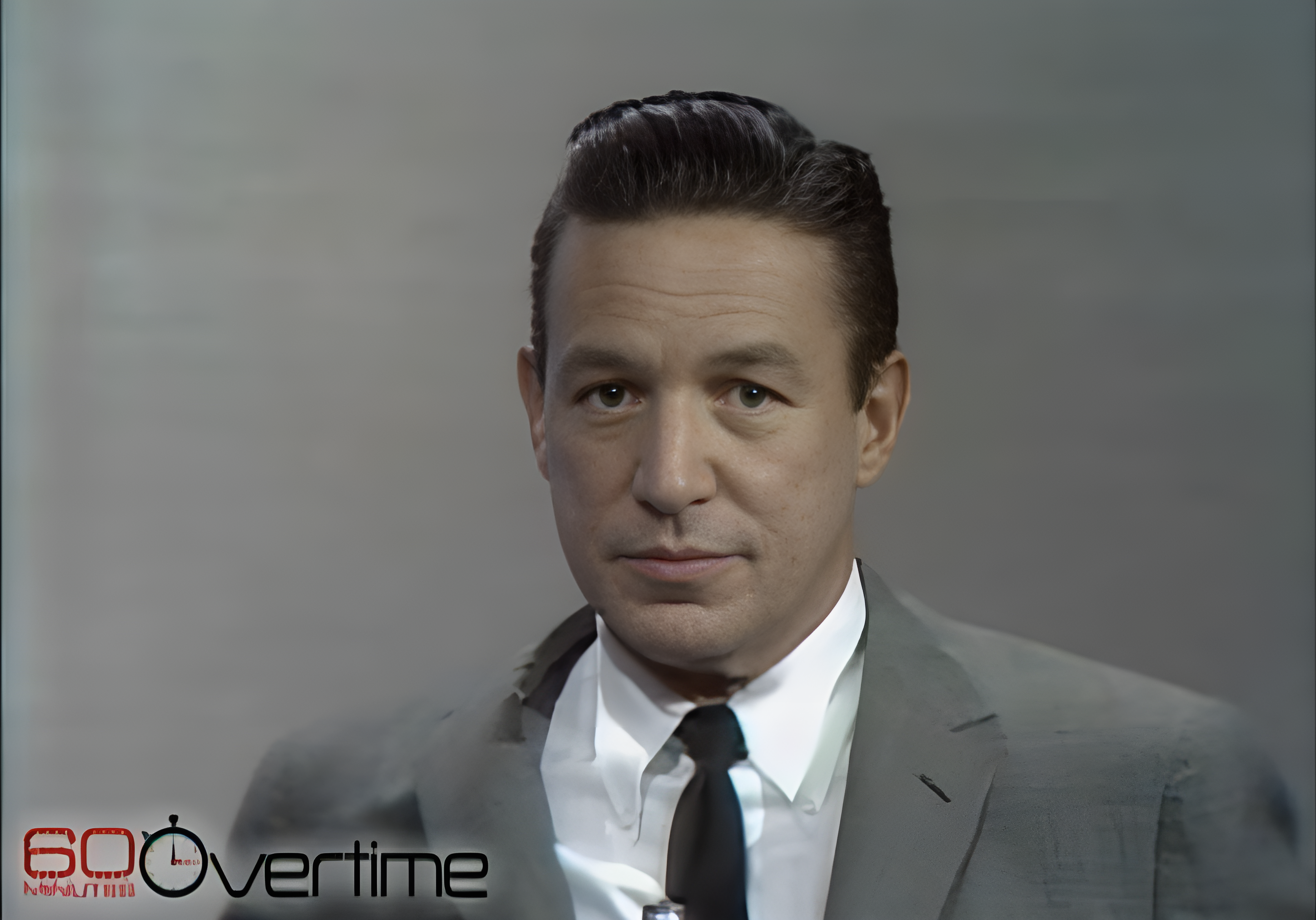
born on May 09, 1918 (d. 2012)
Mike Wallace
American journalist, game show host, actor, and media personality. He interviewed a wide range of prominent newsmakers during his seven-decade careerMike Wallace was an American journalist and television correspondent. He was born on May 9, 1918, in Brookline, Massachusetts, and died on April 7, 2012, in New Canaan, Connecticut. He was best known for his work as a correspondent on the CBS news program “60 Minutes”, where he worked for over 38 years. Wallace was known for his tough and confrontational interviewing style, and he covered a wide range of topics, including politics, social issues, and crime. He won numerous awards for his journalism, including 21 Emmy Awards, and he was inducted into the Television Hall of Fame in 1991.
Throughout his career,
Wallace was regarded as one of
the most influential journalists
of his time.
NEXT: Explore the origin of George Welch to figure out this mystery!
SOON: We will explore the origin of Ian Flemming and Sean Connery, and make wild assumptions about their secret missions, based on this!
